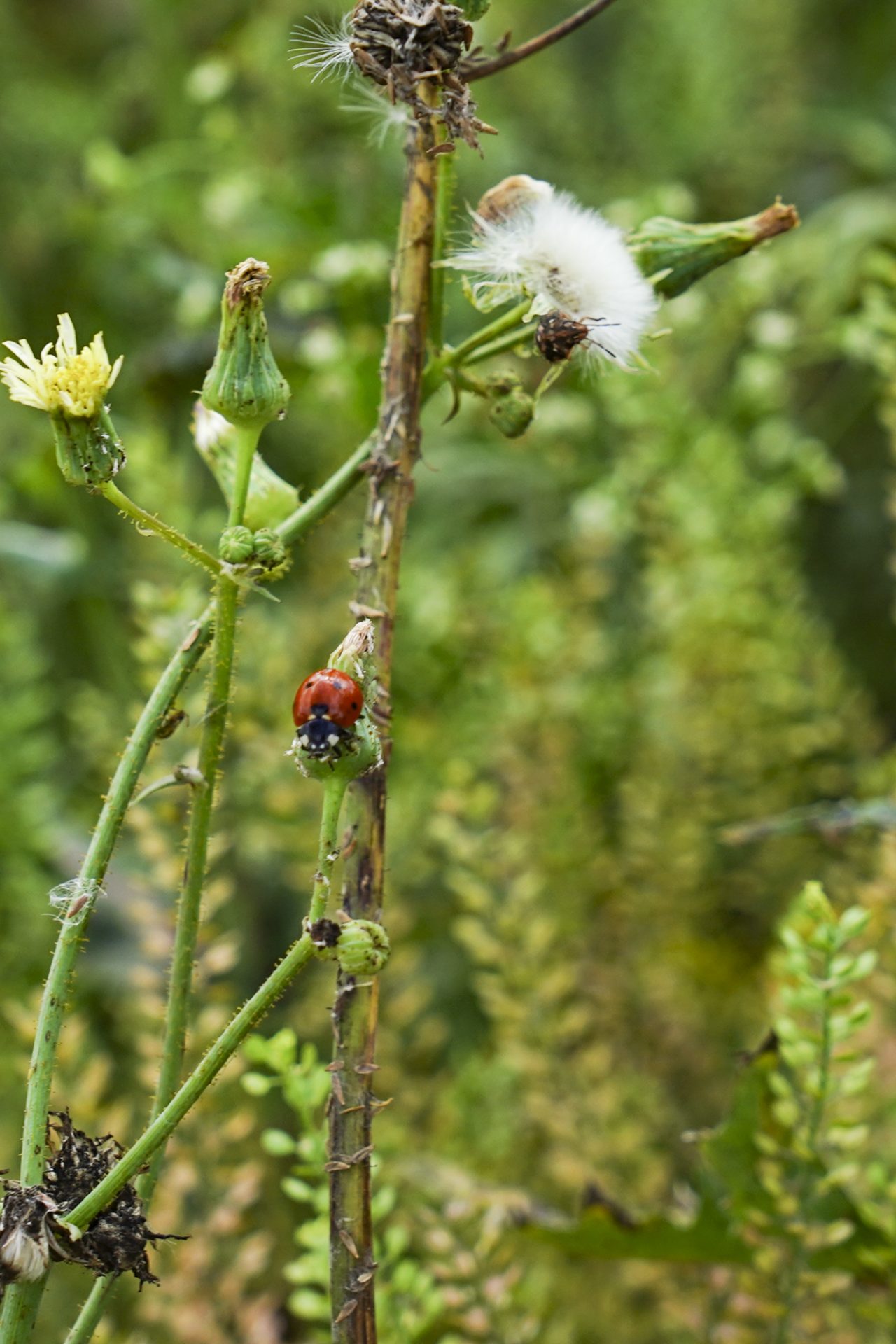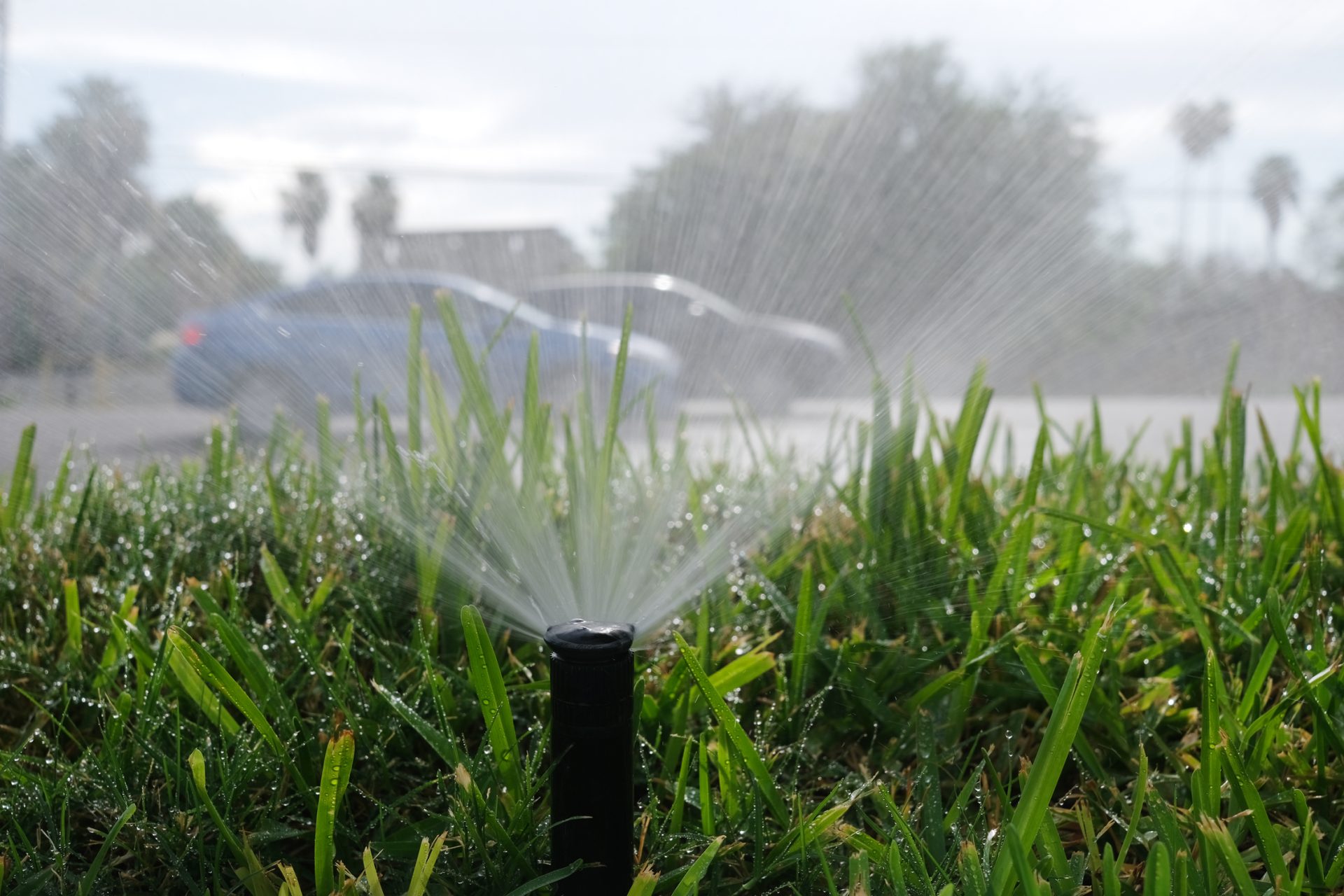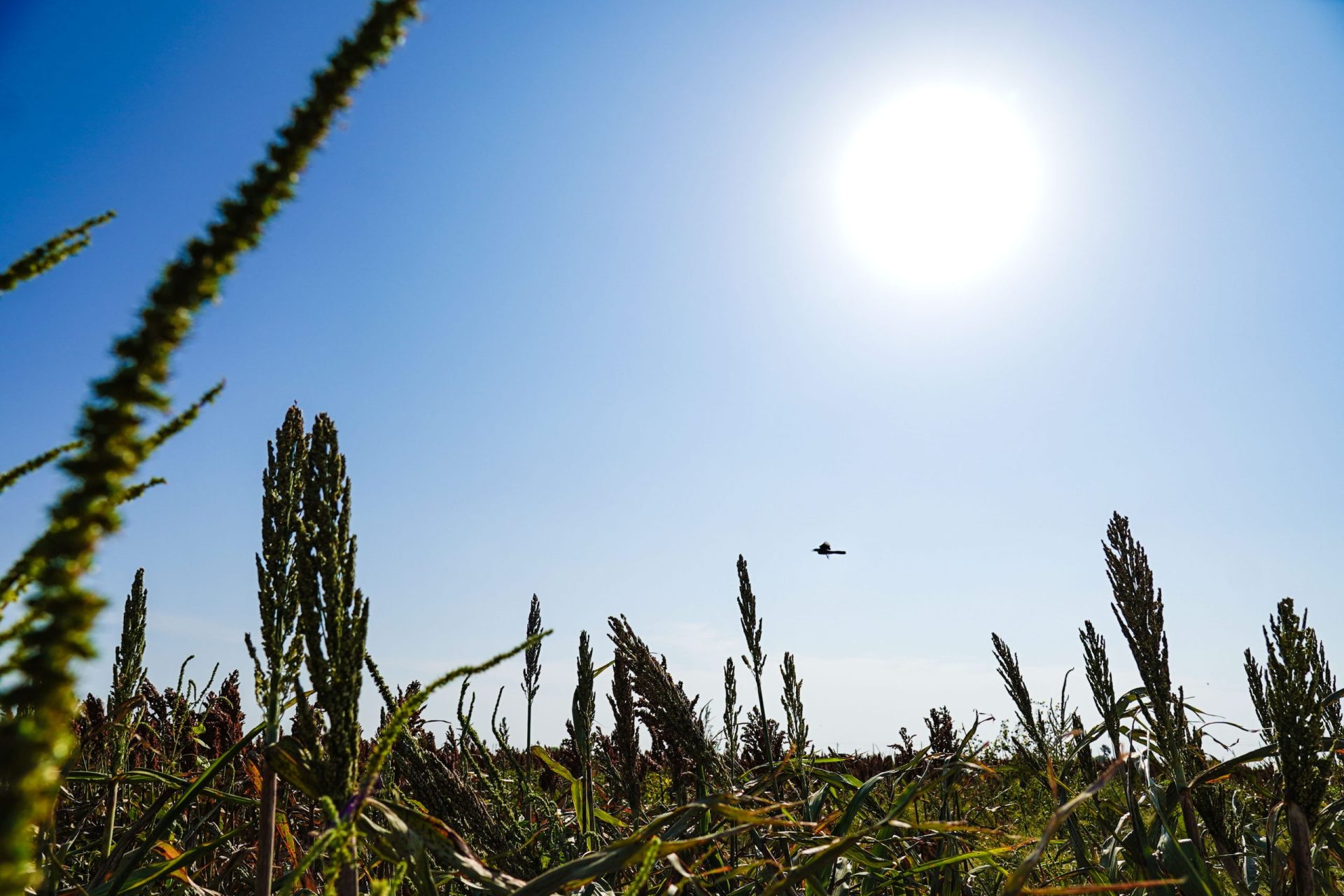|
Only have a minute? Listen instead
Getting your Trinity Audio player ready...
|
By Laura Muntean
Texas gardeners usually sing the same tune this time of year — the heat is oppressive, and moisture is in short supply. Some East Texas and Gulf Coast gardens received rain from tropical storms, but many Texans are humming through the second verse with continued high temperatures and a lack of moisture.
“When it comes to moisture, Texas continues to be the place for the haves and have nots,” said Larry Stein, Ph.D., Texas A&M AgriLife Extension Service horticulture specialist at Uvalde and professor in the Texas A&M College of Agriculture and Life Sciences Department of Horticultural Sciences. “Some places have received way too much rain and others not near enough.”
Since either extreme can kill plants, Texas gardeners need to keep their moisture conditions in mind during the hot summer months.
How to help your plants endure heat
Proper moisture helps plants deal with extreme heat.
Weeds compete with your garden plants for moisture, so stay on top of removing them. You may also need to pull plants that just aren’t doing well. In other words, you “gotta know when to hoe them and know when to throw them.”
“It is the number of leaves on a plant that dictate how much water the plant uses,” Stein said. “Plants can take intense heat and light if they have sufficient water. But it would be best not to try to establish plants at this time, regardless of your water situation.”
Watch for garden pests
Pest populations also usually flare up during summertime when conditions are hot and dusty.
“Be on the lookout for spider mites, aphids, white flies; these are best discouraged as opposed to treating once you have them,” he said. “Populations can become so great that the plants must be eliminated so that you can prepare for a fall planting.”
Stein said using a spray with seaweed extract alternating with a soapy solution seems to discourage such pests. Spraying should commence when the plants begin setting fruit and continue on a 10-day to two-week schedule.

Watch moisture levels as temperatures rise
Stein said vegetation and trees have prospered in many locations with moisture, but many may be entering “a world of hurt” due to drying conditions. And while he is hopeful Texas won’t experience a heatwave as intense as last year, we know Mother Nature has her own plans.
“Remember, if you do have newly planted plants they will need at least an inch of water a week, but never apply water daily or plants will not be deep rooted,” he said. “Water should be applied either once a week or perhaps every three or four days. Established plants can go three weeks or so before a watering.”
Mulch can help protect soil moisture
Don’t forget the importance of mulch. A thick layer of mulch will help maintain soil moisture and reduce weed competition.
Stein said the heat is taking a toll on fruit set, so it may be time for some gardeners to pull the plants — such as tomatoes — and wait for more favorable conditions if they just don’t have the moisture needed.
“You can’t allow plants with green fruit or berries to suffer from lack of moisture,” Stein said. “Summer watering and care for fruit and fall nut production is especially critical to ensure quality.”

Provide enough moisture for lawns
Evaluate the volume of water delivered from lawn sprinklers to ensure healthy, stress-free grass during the heat of the summer. Stein said one thorough watering, which delivers 1 inch of water at a time, is better than several shallower sessions.
The amount of water available through flower bed sprinklers can be checked by placing several shallow pans among shrubs or flowers the next time your sprinklers are on to measure the amount of water received.
Firebush can handle the heat, attracts hummingbirds
Texas gardeners looking to add color to their garden might want to consider incorporating firebush into their garden or landscape.
Firebush, sometimes called hummingbird bush, thrives in the heat and is a designated Texas Superstar.
“The original one was found, as they love to say, blooming its brains out, in Laredo, Texas, one of the hottest and driest places in the state,” Stein said. “It will have to be grown as an annual in the colder areas of the state, but it will be a perennial in many areas like the Rio Grande Valley.”
Firebush is a tropical plant with tremendous heat tolerance with showy tubular flowers. It also has good pest resistance, which makes it an easy plant to grow organically. It can bloom from June to November and is attractive to hummingbirds and pollinators. An occasional light shearing will encourage blooms as well as result in a denser plant with closely spaced flower clusters. The blooms fade and don’t require removal.
It will grow in almost any soil, including those highly alkaline and heavy clays, as long as well drained. It can grow in partial shade, but really loves full-sun locations. It can also be grown in containers with good drainage.
Too much water however will kill a firebush. Once the plant is established, only water when the top inch of the soil is dry, typically a week to 10 days.
Laura Muntean is media relations coordinator for Texas A&M AgriLife.




